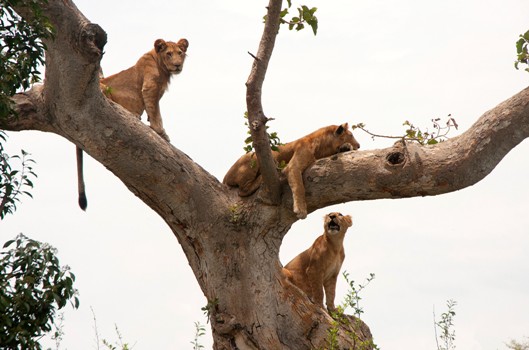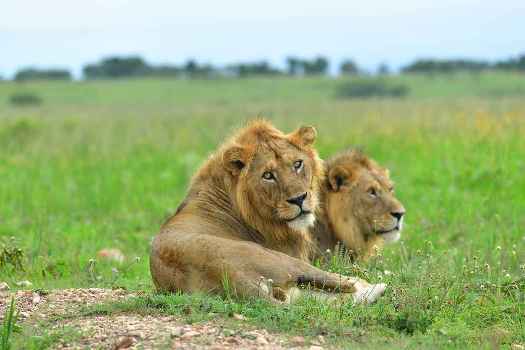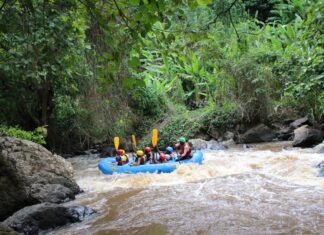During regular game drives, it’s by chance to spot lions. The Uganda Wildlife Authority (UWA) rangers and tour guides work hard to ensure that you see the Big cats including cheetahs, lions and leopards on Uganda safari. Usually, it requires patience, coordination and timing. Seeing wild lions is guaranteed through the lion’s experience Uganda known as lion tracking. It is available in Kasenyi plains, Queen Elizabeth National Park (QENP). The purpose of this lion research project is to educate and empower adjacent local local communities how to live with their livestock in harmony with lions and leopards. The lion’s experience permit cost is $100 per person available for booking through UWA or tour operator and guide.
Lion’s experience, the way to save Uganda’s remaining lions
Unlike leopards, the number of lions in Uganda is less than 497 individuals. They have declined by almost 60% since the year 2000. According to Dr. Ludwig Siefert, who founded the Uganda Carnivore Program (UCP) in the early 1990s, conserving lions has been challenging journey. Given that the threats to lions particularly in this conservation area have gone from poaching to conflict arising from the increasing interaction between humans, their livestock with predators. Undoubtedly, human-lion conflict is now key factor in the decline of lion population.
UWA’s commitment to conserve, protect wildlife and manage protected areas while benefiting local communities is unspeakable since 1996. When it comes to lion conversation, UWA works with several stakeholders including the Uganda Conservation Foundation’s (UCF) Carnivore & Scavenger Program who boost it’s ability to protect lions and double their numbers.
How lion’s are protected
The experiential lion’s experience Uganda therefore is more than just seeing lions. It will take you through the work UWA & it’s partners do such as law enforcement, human-wildlife mitigation, habitat and landscape improvement in QENP. The protected area park has over 100 lions including the famous Tree Climbing Lions in Ishasha wilderness. It’s within this very park where nearly 10 lions suffered during the COVID-19 pandemic. So, the lion research team that includes veterinary officers have employed scientific ways to monitor the movement of lions. Recently, a lioness in a pride of 5 was caught and a tracking collar was put in it’s neck. The collar enables to monitor and observe the movements and interactions with the surrounding landscape. This helps to provide Vital and insights to UWA on the decisions to make in regard to lion protection.
Those intending to spot tree climbing lions, you should consider an extra night in Ishasha wilderness than driving through. There are several accomodation including the Ishasha Wilderness Camp
– Managed by Wilderness Camps & Lodges.

Besides the lions, if you want to see cheetahs, go to Kidepo Valley national park. Situated in the far north east semiarid Karamoja, it’s the opposite of the green landscape in the west. In the park, a predator survey is also underway where a team of National Geographic explorers together with UWA have cloaked several locations to determine the population of lions, cheetahs and leopards.
Queen Elizabeth National Park is located about 410km (6-hour drive) west of Kampala capital city. Your itinerary will most likely include any of parks in the west including Murchison falls, Kibale forest, Lake Mburo, Bwindi and Mgahinga. It is also possible to have flying safari to any of the destinations by scheduled or chartered aircraft from Entebbe International Airport (EBB) or Kajjansi Airfield near Kampala.
For any more Information you may need just contact us at Uganda Safari Travel Guide



 Uganda Safari Travel Guide Advert
Uganda Safari Travel Guide Advert


